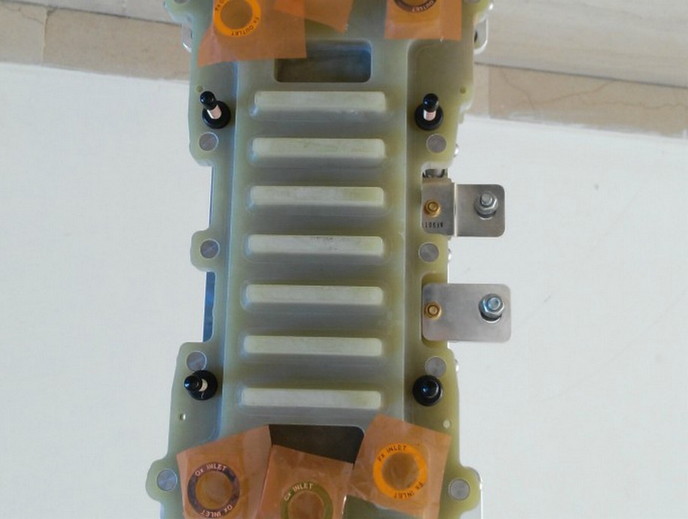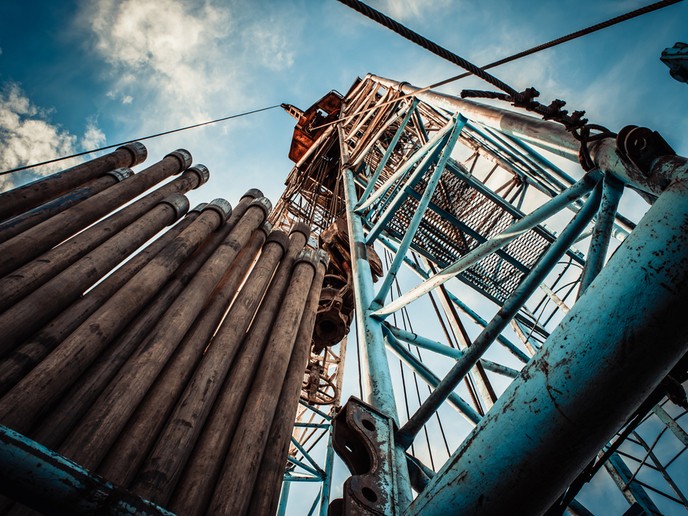Capturing CO2 from hydrogen production
Producing electricity and hydrogen results in large amounts of carbon dioxide (CO2) as a by-product. What if this CO2 can be captured, stored and eventually reused? The EU-funded project 'Towards hydrogen and electricity production with carbon dioxide capture and storage' (Dynamis) studied this possibility for improving hydrogen production. It worked on producing hydrogen on a large scale from decarbonised fossil fuels and storing CO2 underground. The CO2 could eventually be used to support more efficient oil and gas recovery. The project wanted to optimise power plant generation using hydrogen gas turbines and capture 90 % of CO2. It aimed to reduce the cost of capturing CO2 by 50 %. Dynamis considered different approaches and multiprocessing options that could be integrated in existing plants. It conducted risk assessment studies to overcome uncertainties and develop feasible concepts, and examined technical and economic aspects of handling-produced gasses. The project team worked on hard coal and lignite-fired plants, including acid gas removal, compression of CO2 for transfer, hydrogen purification and power generation in gas turbine combined cycles (GTCC). It also worked on plants with natural gas, involving a natural gas combined cycle (NGCC). In all cases, Dynamis issued recommendations for quality, storage and transport for hydrogen and CO2. The project team improved on the efficiency of the relevant plants and demonstrated the viability of capturing CO2. It concluded that CO2 could be stored in deep saline formations across Europe, provided that these spaces are confined by appropriate permeability barriers. In addition, an environmental impact assessment showed that the technology is safe. However, further testing was recommended for densely populated areas and to estimate effects of potential leakage. The project estimated that, at the end of the day, up to 120 large scale CO2 capture and storage projects could be operational in Europe by 2030. This target has proven to be feasible according to costing scenarios and underlines the potential of this technology in the next two decades.







